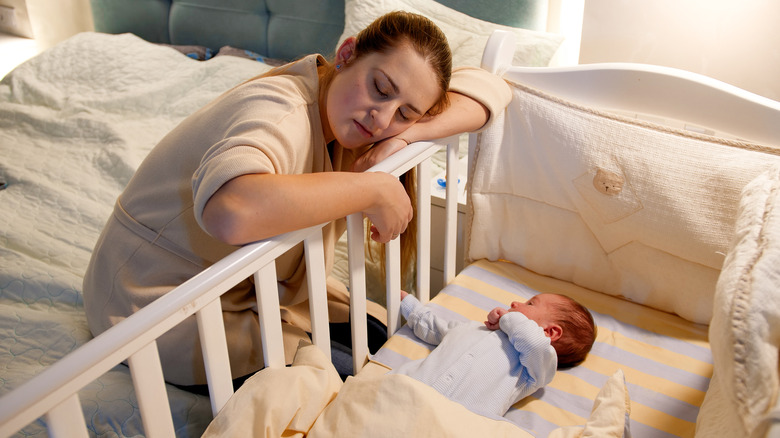How To Identify The Different Types Of Depression
Depression may seem straightforward, but there's no one-size-fits-all when it comes to this mood disorder. Depression is complex, highly individualized, and still somewhat unknown. It can be hard to figure out, but knowing how to identify the different types of depression can help you to talk about it, learn how it affects you, and figure out the best way to treat it.
While depression is complex and different for each person, many researchers believe that it has to do with not having enough neurotransmitters in the brain (via Verywell Mind). These chemicals are the messengers of the brain, which help us regulate our moods. When the three main neurotransmitters — dopamine, serotonin, and norepinephrine — are imbalanced, it can contribute to depression. There are many theories about why this happens to some people, like a lack of molecules needed to make the chemicals and not enough receptor sites to receive them. Antidepressant medications have proven to work well in treating this chemical imbalance, although they work differently for everyone, and in some cases, they don't work at all.
Knowing what to look for in each type
There are many different kinds of depression, which can make it feel even more confusing (via WebMD). One type is major depression, or major depressive disorder. This can show up in a few different ways, but it's generally diagnosed when you experience depressive symptoms, like loss of interest in activities or feeling hopeless on most days for two weeks or longer. If your major depression has lasted for two years or longer, it's considered persistent depressive disorder.
Bipolar disorder is a mood disorder characterized by periods of high energy followed by low phases, which include symptoms of major depression. While symptoms in depressive phases are similar, bipolar disorder is treated differently than depression.
If you only experience depression during the winter months when the days are short and sunlight is limited, you may be experiencing seasonal affective disorder, or SAD. It typically goes away in spring and summer, but can still be treated with antidepressants.
Women who have premenstrual dysphoric disorder will often experience depression in the days around the start of their period, and can also feel irritable, anxious, and fatigued. Another type of depression that affects women is postpartum depression, a serious condition that affects mothers in the weeks and months after childbirth, leading to major depression.


